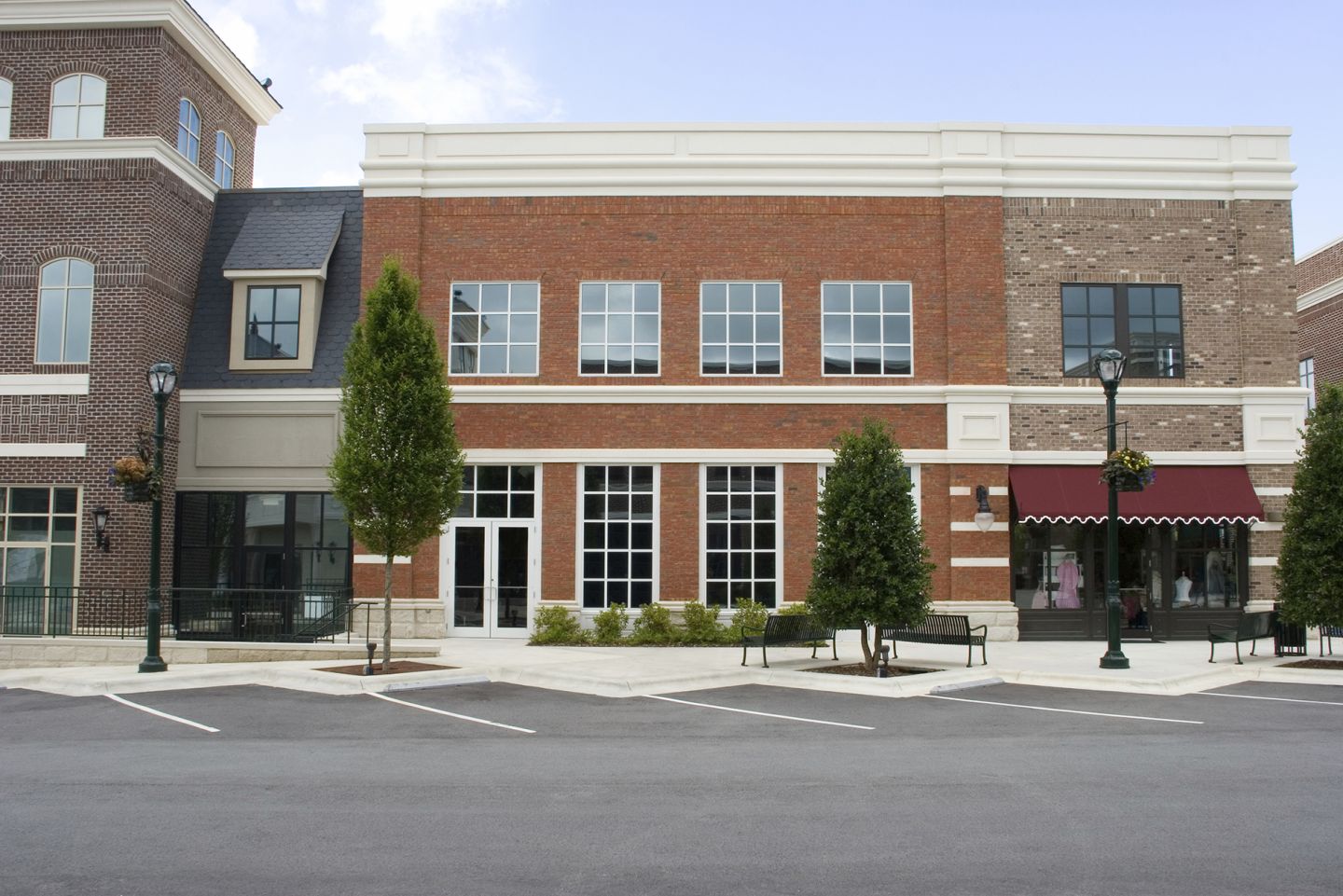The term "cannibalization" in business often triggers negative reactions. Decision-makers might shut down or cancel a project because of fears of ending on the chopping block. It’s not that these fears are unfounded; cannibalization is a valid and critical concern for organizations. But being overly apprehensive can hinder substantial growth opportunities.
When you get right down to it, every retailer wants to find that happy medium of avoiding cannibalization while simultaneously maintaining active growth strategies – but how? Before we dive in, let’s go over exactly what cannibalization is and why it matters.
What is Cannibalization in Business?
In the retail world, cannibalization occurs when sales at an existing store decrease because some customers begin shopping at a new nearby store. Retail cannibalization can also happen when a brand’s new wholesale channel siphons customers from its existing retail channel, or when franchise businesses expand too close to existing territories, creating internal competition. This means that adding a new store or channel doesn’t always lead to the incremental growth businesses expect.
Cannibalization isn't limited to retail. It impacts restaurants, consumer packaged goods (CPG) companies, and healthcare providers as well. For example, in healthcare, opening a new urgent care center too close to an existing facility may simply divide patient volume rather than increase it. In CPG, offering a cheaper version of a product can reduce sales of the premium version. In all cases, the end result is the same: growth strategies are undermined, market share stalls, and returns diminish.
Impacts of Cannibalization Across Industries
Understanding the risks associated with cannibalization is essential for protecting your investments and maximizing performance. Cannibalization can lead to:
- Lower overall productivity across locations
- Hindered growth and stalled market share expansion
- Decreased return on investment (ROI)
- Fractured franchise or channel relationships
These challenges demonstrate why mitigating cannibalization must be a key part of any growth strategy.
How to Combat Cannibalization
So how does an organization minimize the negative effects of cannibalization? The answer is simple: understand the true market potential of a trade area and optimize the locations of distribution channels to avoid oversaturation. The execution, however, requires nuance and precision.
Here are several key strategies to combat cannibalization:
- Data-driven trade area definition: Define trade areas based on real-world behaviors like the average distance that customers travel rather than arbitrary distances to better segment customer bases and reduce competitive overlap.
- Thorough market analysis: Understand the true value of the trade area’s potential customer base and available demand, preventing overexpansion.
- Strategic planning: Optimize the location of brick-and-mortar stores and consider other channels (ecommerce, wholesale, etc.) to maximize market coverage and efficiently reach all potential customers without overlap.
- Customer overlap analysis: Evaluate how customers behave across existing and proposed locations to identify potential threats and opportunities for growth.
The reality is that there are several methodologies for predicting cannibalization levels. There’s not a “one- size- fits- all approach,” which is why most retailers will be best served by turning to an analytics partner that understands all the methodologies and can determine which one is best for your unique business model. That’s where Buxton comes in.
Related: Trade Area Analysis: How Well Do You Know Your Market?
How Cannibalization Projections Aid Strategic Decision-Making
Forecasting models are one of the most sophisticated tools businesses can use to manage the risks of cannibalization. A forecasting site score model is the most advanced of Buxton’s three primary model types and is specifically designed to evaluate not just how a new site is likely to perform, but how it will affect existing locations. These models use linear regression to forecast specific performance indicators—such as revenue or visits—based on key variables like demographics, customer behavior, and the proximity of other stores.
Forecasting models also factor in cannibalization as a core element. They simulate the impact of a new location on your existing footprint, identifying whether a proposed site will expand the market or simply redistribute existing demand. This allows brands to avoid oversaturation, refine territory strategies, and ultimately improve the return on their growth investments.
Buxton builds cannibalization projections directly into our custom forecasting models and then uses those models for both site scoring and market optimization analyses. These projections empower business leaders to:
- Forecast performance under multiple placement scenarios
- Determine the optimal number and spacing of locations
- Evaluate expansion opportunities without compromising existing sales
By relying on Buxton's predictive models, organizations can confidently pursue growth strategies that minimize internal competition and maximize long-term profitability.
Related:
- Understanding the 3 Primary Site Selection Model Types
- The Role of Sales Forecasting Models and Why They Are Used in the Site Selection Process
Internal and External Cannibalization Solutions
When managing cannibalization, it’s important to distinguish between internal and external factors. Each presents unique challenges and requires a tailored approach to protect sales and guide strategic decisions.
Internal cannibalization occurs when new company locations reduce sales at existing stores. Market analysis is required to prevent saturation and profit reduction from internal cannibalization. For example, an automotive repair franchise uses Buxton’s cannibalization projections in franchise agreements. These contracts set a maximum allowable cannibalization threshold to preserve the viability of existing territories. This ensures that new store openings are fair and beneficial to all parties.
External cannibalization occurs when third-party retailers or channels affect a company’s own sales. One of Buxton’s clients uses a custom cannibalization model to understand the relationship between its wholesale and retail channels. The model helps them quantify how a Walmart location might impact their company-owned retail stores, giving them insights to rebalance pricing, distribution, and marketing strategies accordingly.
Understanding both internal and external cannibalization allows businesses to fine-tune their growth strategy, optimize revenue across all channels, and protect market share.
Related:
Are You Ready to Take Control of Cannibalization?
At Buxton, we specialize in helping businesses like yours avoid costly mistakes and maximize portfolio performance through smarter site selection. With decades of experience and proprietary models built on real-world behavior, we help you uncover your true market potential while protecting your brand from cannibalization risks.
If you’re ready to stop guessing and start growing, learn more about our location intelligence solutions.


